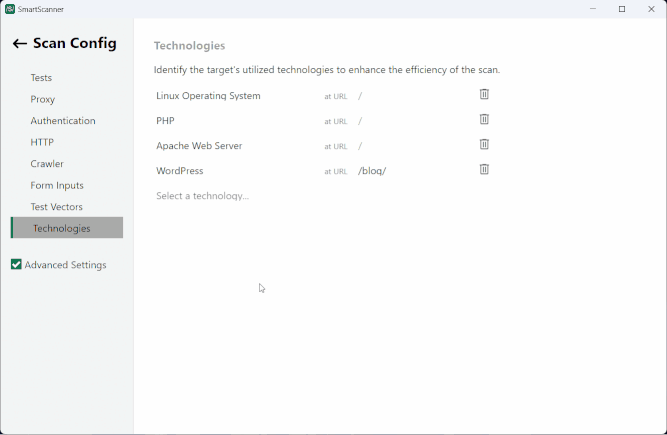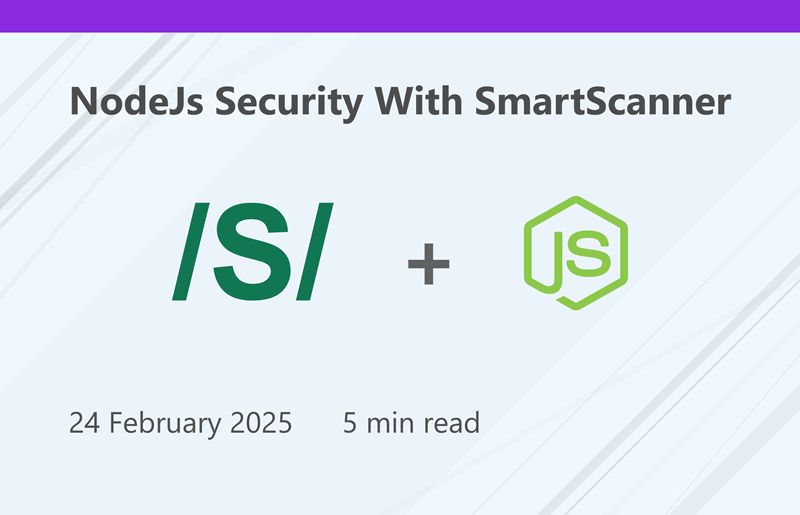Why We Need to Scan a Website for Vulnerabilities
Ensuring the security of your website is crucial to protecting it from hackers. Vulnerabilities are weaknesses that can be exploited by malicious actors to compromise your site. The process of identifying these vulnerabilities is known as security scanning. There are three main types of security scanning: white box, black box, and gray box. Each type has its own unique characteristics, methodologies, and use cases. In this article, we will explore these different methods to help you understand how to effectively test the security of your website.
1. White Box Testing
White Box Testing, also known as clear box, open box, or glass box testing, involves having full access to the source code, user credentials, servers, databases, and the entire website architecture. Essentially, in white box testing, you have complete knowledge and access to every aspect of the website.
Advantages:
- Comprehensive coverage
- Can detect hidden vulnerabilities, logic errors, and security issues in the code.
Disadvantages:
- Time-consuming and resource-intensive.
- Requires skills in programming and software architecture.
To perform white box testing, you need a strong understanding of the security domain and proficiency in programming languages. While most tests should be conducted manually, open source code analyzers like Veracode and Coverity can assist in identifying vulnerabilities within the website’s source code.
2. Black Box Testing
Also known as external testing, black box testing involves examining the website from an external perspective without any knowledge of the internal code or architecture. In black box testing, you essentially have only the URL and any publicly available information about the website.
Advantages:
- Mimics the perspective of an external attacker, providing a realistic attack scenario.
- Easier to set up and requires less knowledge of the internal workings.
- Can be performed by individuals with less technical expertise.
Disadvantages:
- Limited visibility into the internal logic and structure.
- May miss internal vulnerabilities that are not exposed through the user interface.
Black box testing is relatively easy and cost-effective to perform. You can utilize automated web vulnerability scanners such as OWASP ZAP, Vega, or SmartScanner to conduct black box testing. Simply download SmartScanner, enter your website URL, and initiate the test to uncover potential vulnerabilities from an external perspective.
3. Gray Box Testing
Gray box testing is a hybrid approach that combines elements of both white box and black box testing. If you have partial knowledge about the website, but not complete access or understanding, you can perform gray box testing. For example, if you know the technologies a website uses, you can conduct targeted tests specific to those technologies, making the testing process more effective.
Advantages:
- Provides a balanced approach, enhancing accuracy in identifying vulnerabilities that might be overlooked in black box testing.
- Efficiently identifies both internal and external vulnerabilities, reducing time and resource requirements compared to exhaustive black box testing.
- Creates a more realistic attack scenario, offering a better assessment of the web application’s security posture.
Disadvantages:
- May not achieve the depth of coverage of white box testing.
- Requires some knowledge about website technologies.
Use Cases and Applications
- White Box Testing: Typically used in the software development lifecycle (SDLC) for unit testing, code review, and early-stage security assessments.
- Black Box Testing: Commonly used in penetration testing, user acceptance testing (UAT), and for assessing security from an external perspective.
- Gray Box Testing: Often used in for scenarios where partial knowledge of the system can enhance the testing process without the need for full access.
Implementing Gray Box Scanning with SmartScanner
SmartScanner makes it easy to perform gray box scanning by allowing you to configure the target technologies used by your web application. This configuration enables SmartScanner to tailor its scanning process, enhancing accuracy and efficiency. Here’s how you can leverage this feature:

Adding Website Technologies
To configure target technologies in SmartScanner, follow these steps:
Access Scan Settings: Navigate to the scan settings section in the SmartScanner dashboard.
Select Technologies: Choose from a wide range of supported technologies including: Apache, Nginx, IIS, Tomcat, WordPress, and more.
Start Scan Process: Start the scan by clicking the scan button. SmartScanner optimizes the scan process, reducing irrelevant tests and focusing on areas most likely to be vulnerable given the known technology stack.
For a detailed guide on configuring target technologies, refer to our Setting Target Environments and Technologies documentation.
Stay secure and happy scanning!


